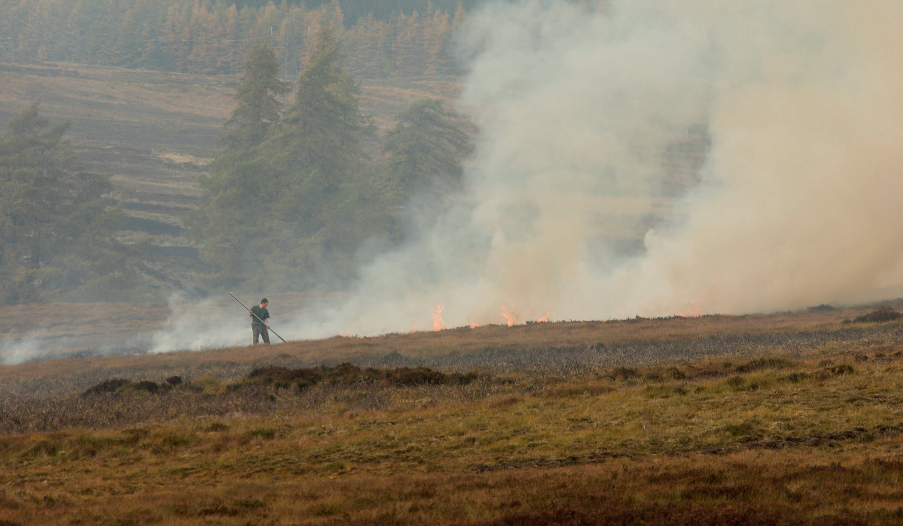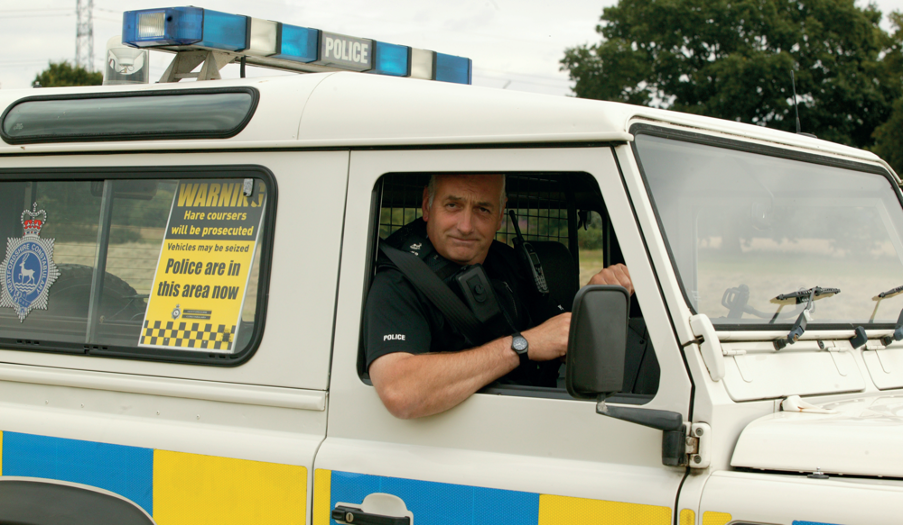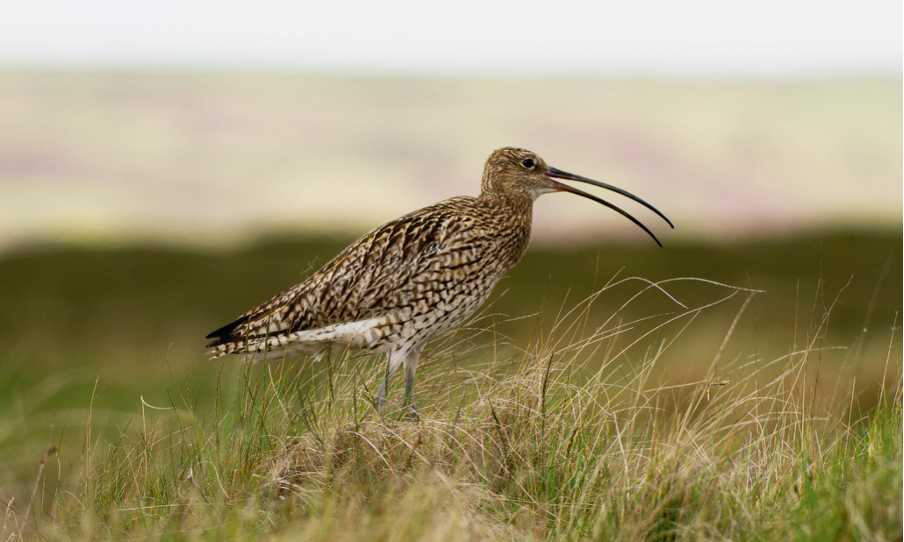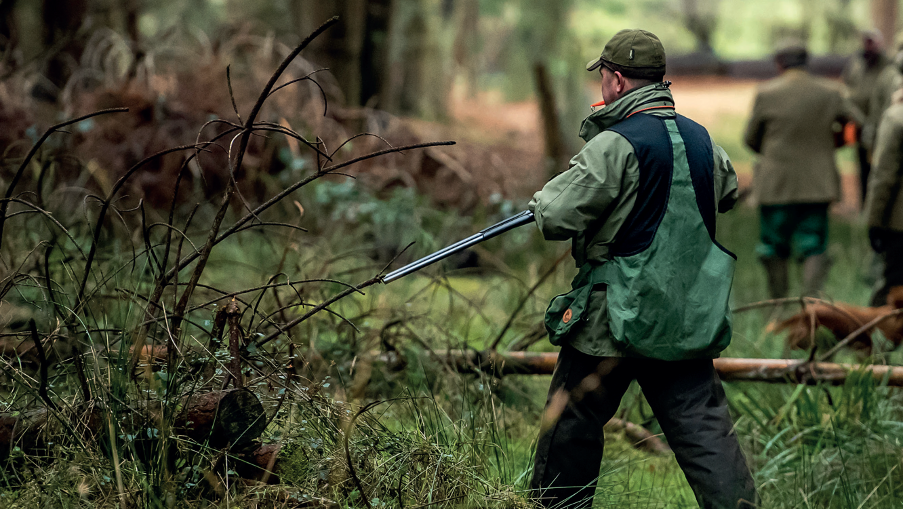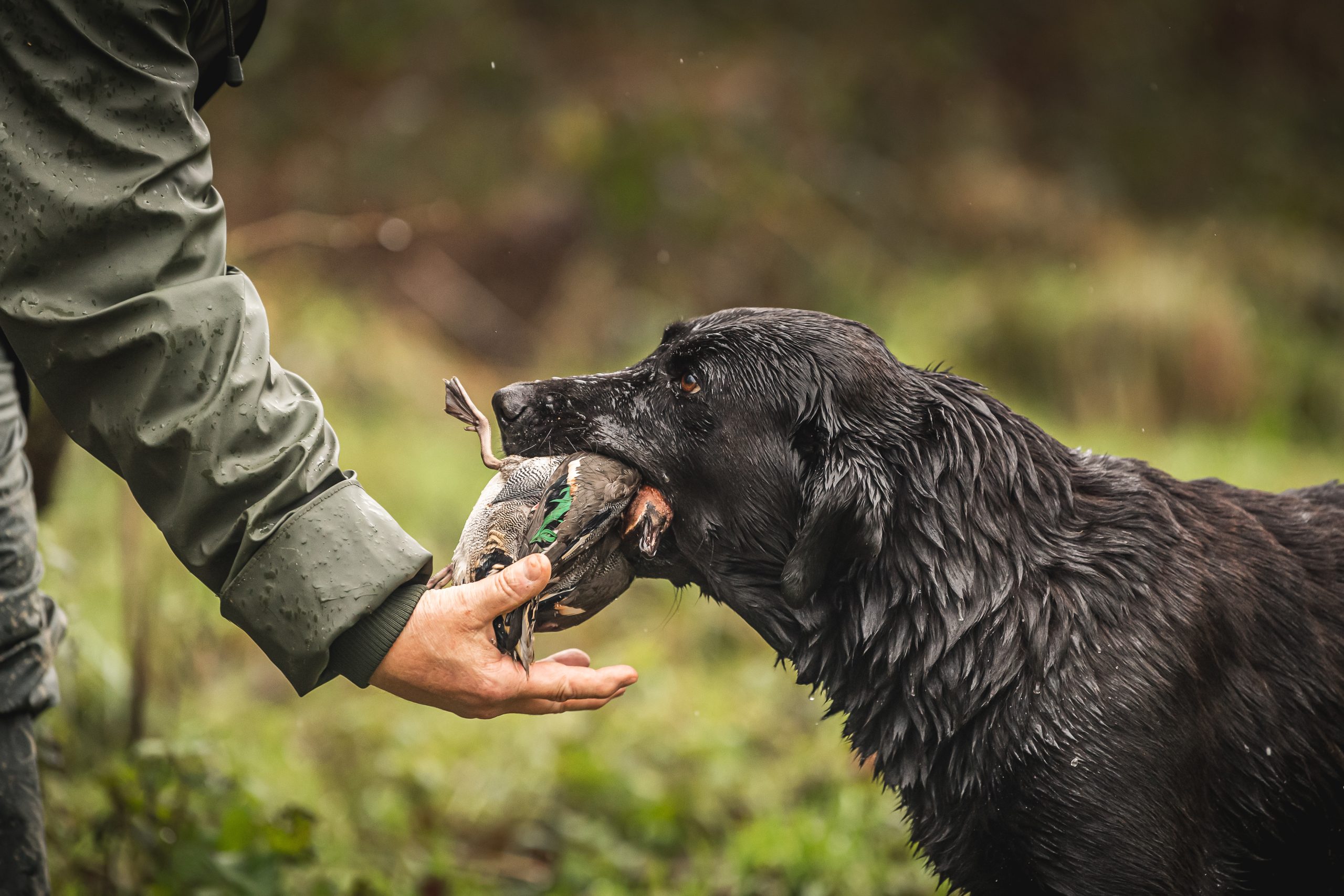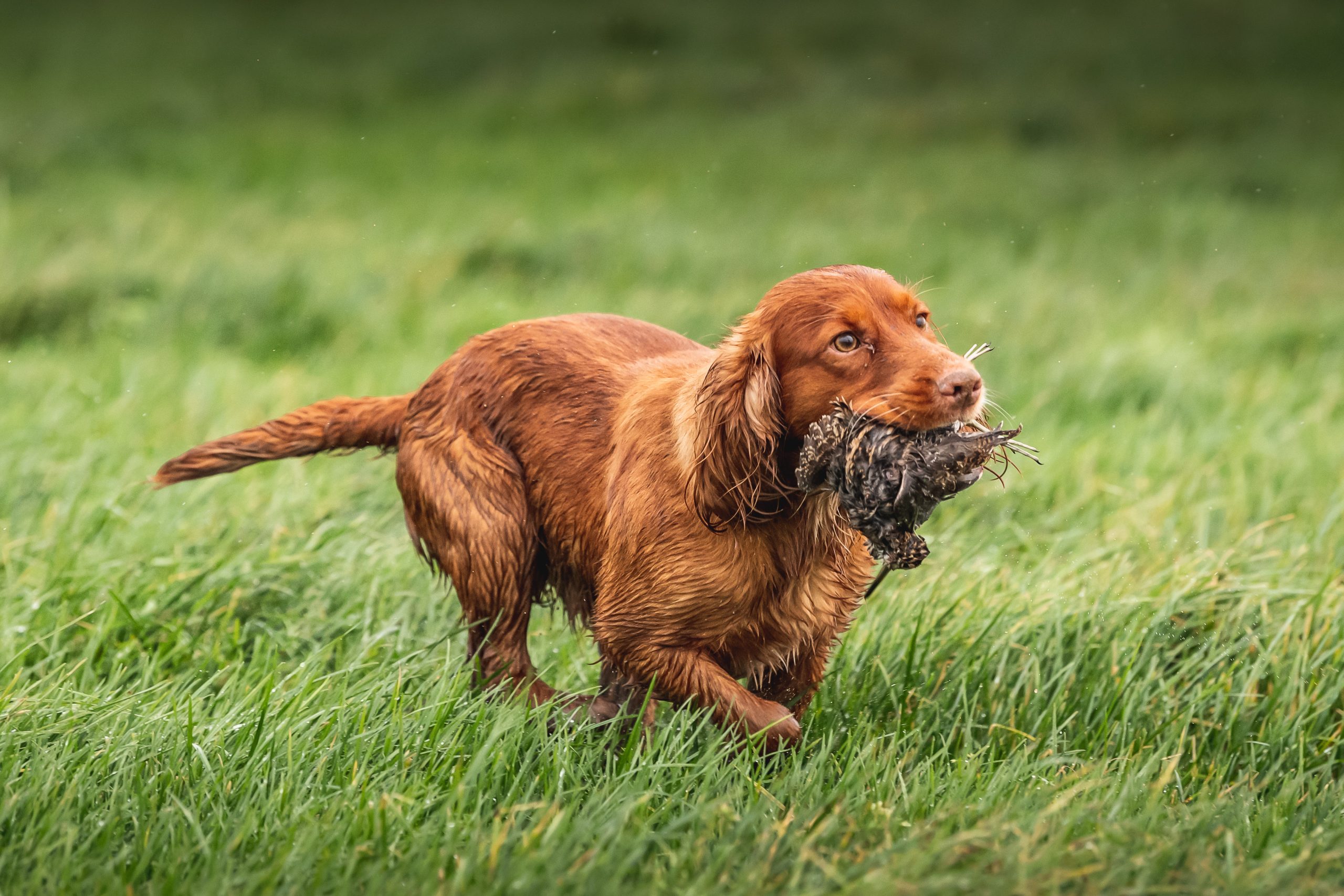Gundogs
Dog walking facts – yes, taking your four-legged companions out does you both good
Would you like to appear on our site? We offer sponsored articles and advertising to put you in front of our readers. Find out more.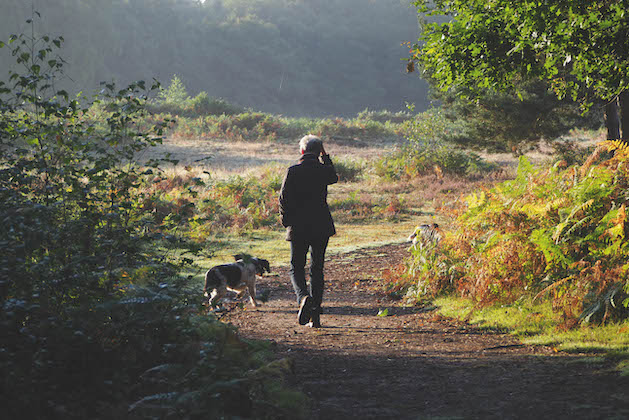 Walking the dog - good for the health of both dogs and walkers
Walking the dog - good for the health of both dogs and walkers
You would tend to think that for dogs, the dog walking benefit is more physical than mental, but a recent study, undertaken by Sarah Yarborough of the University of Washington, suggested that taking your dog for walks helps to keep its brain alert. (Read our list of the best dog beds.)
Dog walking facts
Ms Yarborough’s research revealed that dogs which got little exercise were more likely to develop a dog form of dementia, known as canine cognitive dysfunction (CCD). It’s a very similar condition to the human disease of Alzheimer’s and it includes memory problems and difficulties with spatial awareness. Most of us have come across sad old dogs that don’t seem to know what they are doing and which barely recognise their owners. They are almost certainly suffering from CCD.
The study involved 15,000 dogs and found that the chances of a dog having CCD rose by 52% with each year of age. However, among dogs of the same breed and age, with similar health, the chances of getting CCD were 6.47 times higher in those that weren’t taken out for walks, compared with those that were exercised. The reasons were complex, but Ms Yarborough thought that exercise may benefit the brains of dogs by reducing molecules called pro-inflammatory cytokines. So the scientific dog walking facts show that exercise does your companion good. You don’t have to a PhD in canine health to work out that a dog that is exercised regularly is going to be fitter and brighter than one that isn’t. (Read how to teach your dog to walk at heel.)
How to tell if your old dog is happy and healthy
My test of an old dog is the three Ws: if the dog still likes to go for walks, wolf its food and wag its tail, it can’t be doing too badly. My old spaniel Rowan, now aged 15½, still passes all three tests with flying colours.
Signs of ageing
It might be anthropomorphic to suggest that she enjoys her walks, but she shows every sign of doing so. She still likes to get her nose down and have a good hunt, and does a surprising amount of cantering for such an old dog. Her eyesight isn’t as good as it was and she is quite deaf, so on occasion, especially on a walk she is unfamiliar with, she will wander off in the wrong direction. I haven’t yet lost her for more than a couple of minutes, but it’s sensible to watch her more carefully than a young dog that can hear the recall whistle. (Read our advice on hearing loss in dogs.)
Another of my dog walking facts – for younger dogs, walks are the natural time to train them. Sit and stays, walking to heel and retrieves can all be incorporated into every walk. If the walk is short and the dog needs lots of exercise, memory retrieves are the answer, ensuring that the dog gets plenty of galloping without you having to go far.
Walking is good for young dogs’ mental health, too, as the more supervised experiences they get, the better they cope with the distractions and temptations of life, or the shooting field. My three-year-old sprocker, Emma, for example, is so used to encountering muntjac and roe deer that she virtually ignores them.
All about control
The essential for walking a dog off the lead in the countryside is control, of course, coupled with good recall. (Read our guide on how to use a slip lead.)
Related articles
Gundogs product reviews
A worthwhile investment
How did 20th-century gundog trainers manage without a training vest? Practical clothing is a boon for the modern dog trainer, says Felix Petit
By Time Well Spent
Manage Consent
To provide the best experiences, we use technologies like cookies to store and/or access device information. Consenting to these technologies will allow us to process data such as browsing behavior or unique IDs on this site. Not consenting or withdrawing consent, may adversely affect certain features and functions.
Functional Always active
The technical storage or access is strictly necessary for the legitimate purpose of enabling the use of a specific service explicitly requested by the subscriber or user, or for the sole purpose of carrying out the transmission of a communication over an electronic communications network.
Preferences
The technical storage or access is necessary for the legitimate purpose of storing preferences that are not requested by the subscriber or user.
Statistics
The technical storage or access that is used exclusively for statistical purposes.
The technical storage or access that is used exclusively for anonymous statistical purposes. Without a subpoena, voluntary compliance on the part of your Internet Service Provider, or additional records from a third party, information stored or retrieved for this purpose alone cannot usually be used to identify you.
Marketing
The technical storage or access is required to create user profiles to send advertising, or to track the user on a website or across several websites for similar marketing purposes.

